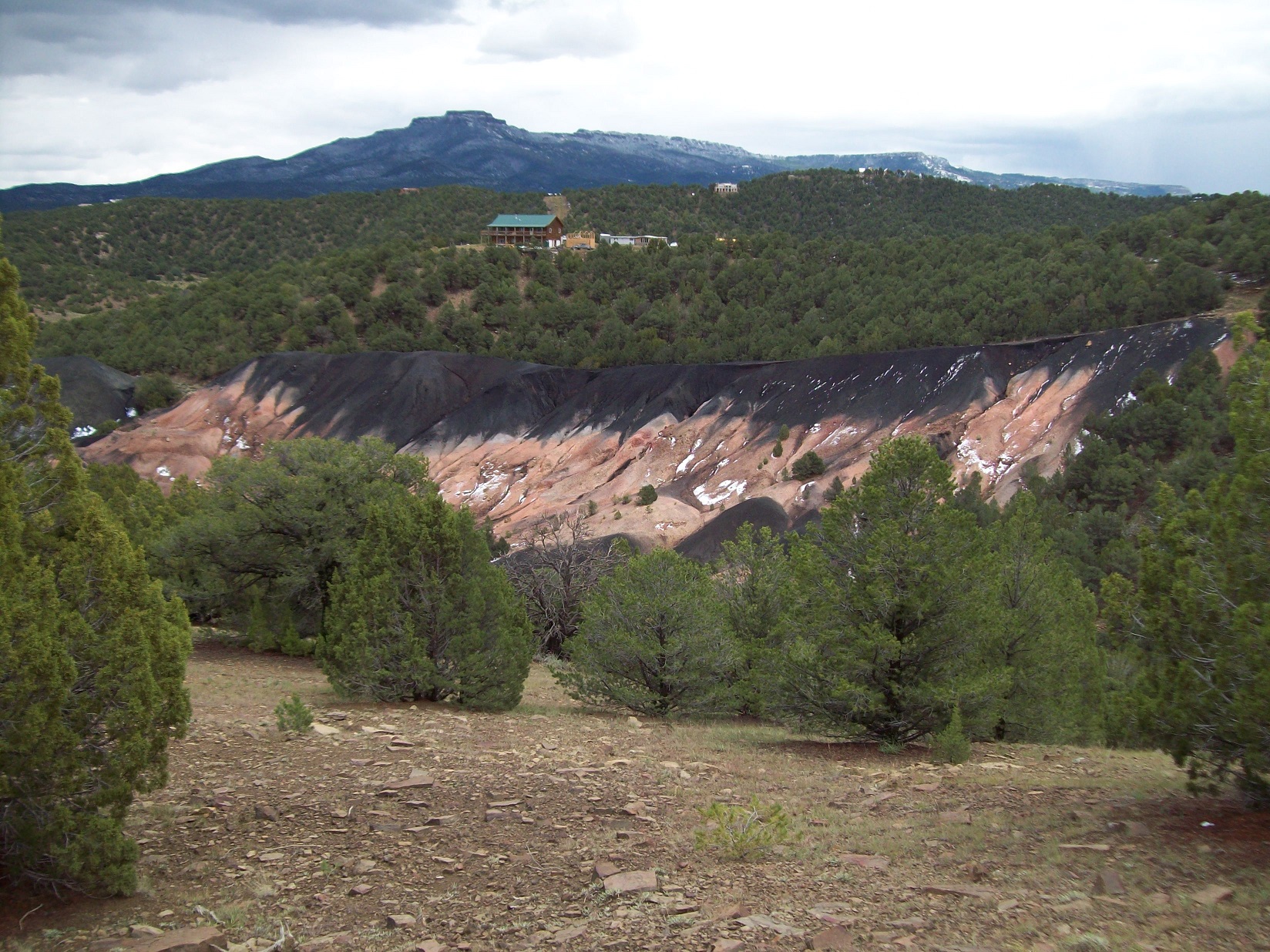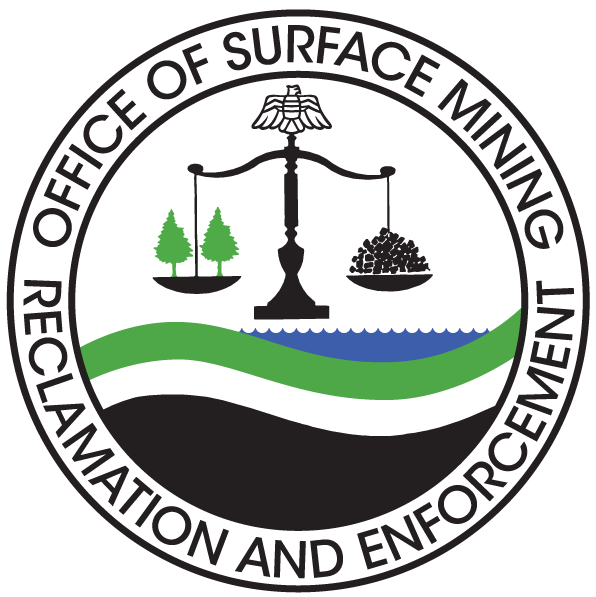Updates to the enhanced Abandoned Mine Land Inventory System, or e-AMLIS, will support future remediation efforts and help build healthier communities
WASHINGTON – The Office of Surface Mining Reclamation and Enforcement today announced an $8 million investment through President Biden’s Bipartisan Infrastructure Law for states and Tribes to update their abandoned mine land inventories, to support future remediation efforts. The enhanced Abandoned Mine Land Inventory System, commonly known as e-AMLIS, is the publicly available central database for all AML problems and reclaimed sites.

reclamation project, Las Animas
County, Colorado, stabilized coal
refuse causing sedimentation into
Trinidad Lake. With the Bipartisan
Infrastructure Law funds, states and
Tribes will be better able to update
the AML problems stored in the
enhanced Abandoned Mine Land
Inventory System. Photo courtesy of
the Colorado Division of Reclamation
Mining and Safety, Inactive Mines
Program.
Eligible states and Tribes will each receive nearly $300,000 to improve data collection processes, as well as data integrity, accuracy, reliability, and standardization. Funds may also be used for field reconnaissance activities and the use of new technologies to efficiently collect and manage AML information.
President Biden’s Investing in America agenda delivers the largest investment in tackling legacy pollution in American history, including a $11.3 billion investment to remediate abandoned mine lands, which is enabling the remediation of the majority of currently inventoried abandoned mine lands.
“E-AMLIS is a crucial tool for informing OSMRE and the public about the legacy coal mine pollution that still needs to be addressed,” said OSMRE Deputy Director Glenda Owens. “This financial assistance will help our state and Tribal AML partners update their inventories of AML problems and upgrade their existing processes to report on reclamation funded by the Bipartisan Infrastructure Law and the traditional AML fee-based grants.”
States and Tribes use e-AMLIS to report information such as location, problem type, extent of AML impacts, and reclamation costs. Projects inventoried in e-AMLIS are eligible for funding through the traditional fee-based AML program as well as the Bipartisan Infrastructure Law, which allocates $11.3 billion over 15 years to accelerate the cleanup of dangerous environmental conditions and pollution caused by historic coal mining.
OSMRE has modified the fiscal year 2023 Bipartisan Infrastructure Law NOFO so that states and Tribes can request to receive BIL e-AMLIS funding. The following states and Tribes are eligible for e-AMLIS grants: Alabama, Alaska, Arkansas, Colorado, the Crow Tribe, the Hopi Tribe, Illinois, Indiana, Iowa, Kansas, Kentucky, Louisiana, Maryland, Mississippi, Missouri, Montana, the Navajo Nation, New Mexico, North Dakota, Ohio, Pennsylvania, Tennessee, Texas, Utah, Virginia, West Virginia, and Wyoming.
For more information on applying for the BIL e-AMLIS grant funds, visit GrantSolutions.
For more information on e-AMLIS, visit www.osmre.gov/programs/e-amlis.
For more information on the Bipartisan Infrastructure Law, visit www.osmre.gov/bil.
– OSMRE –

